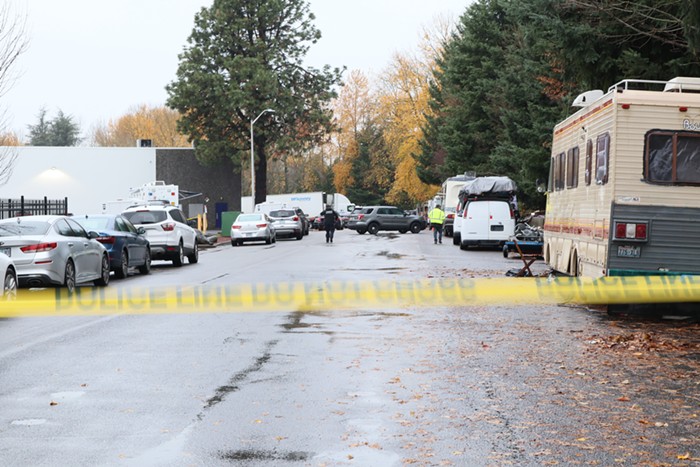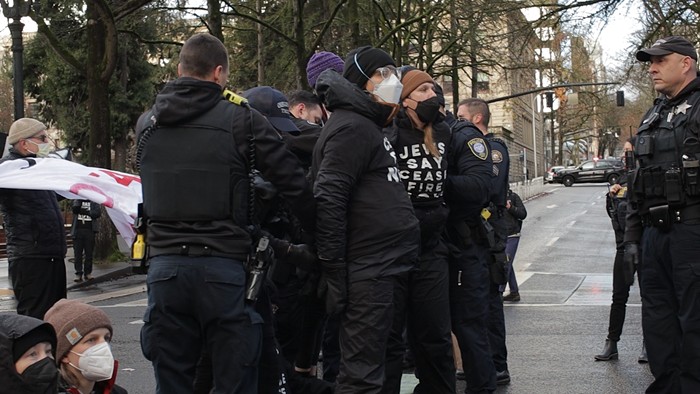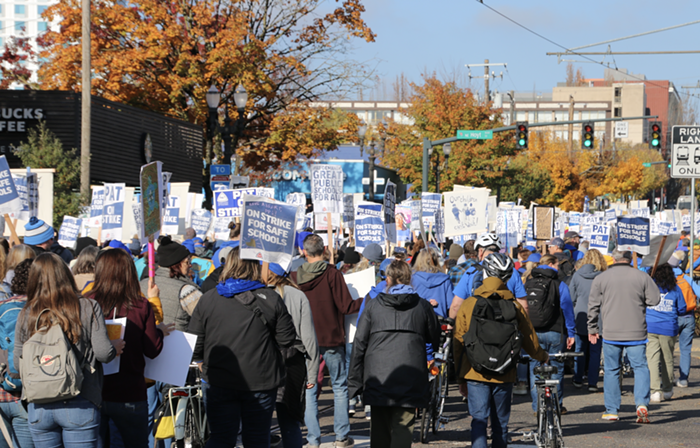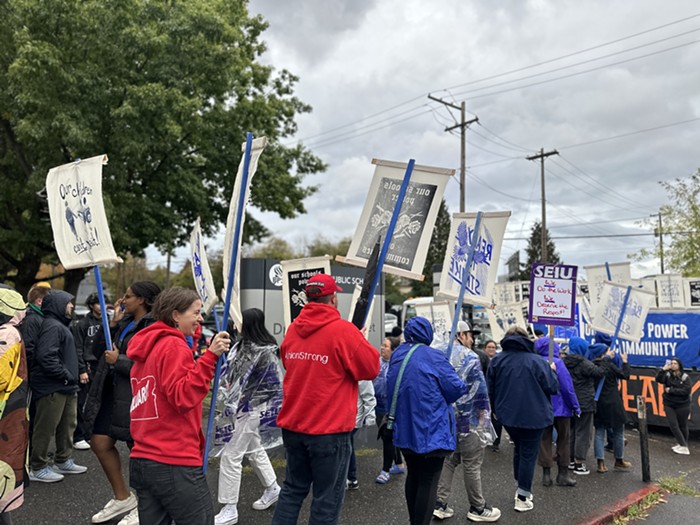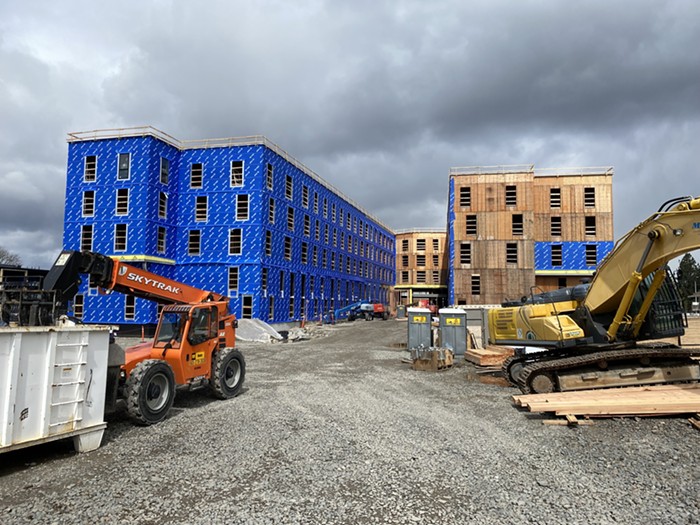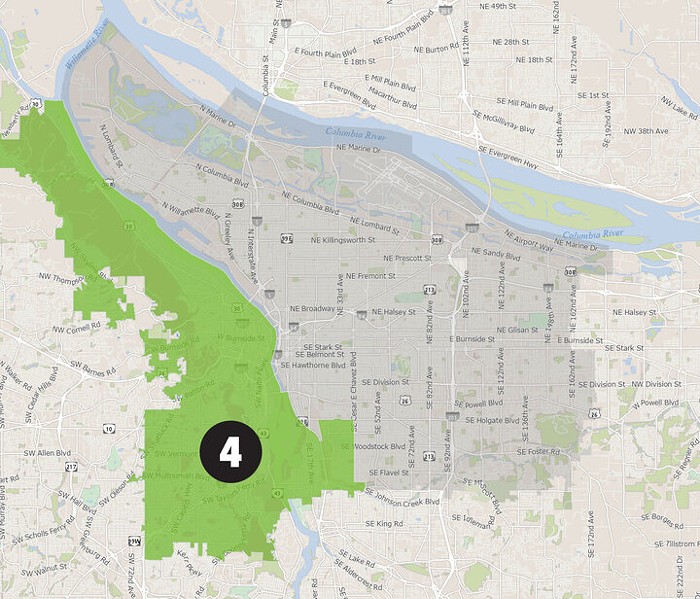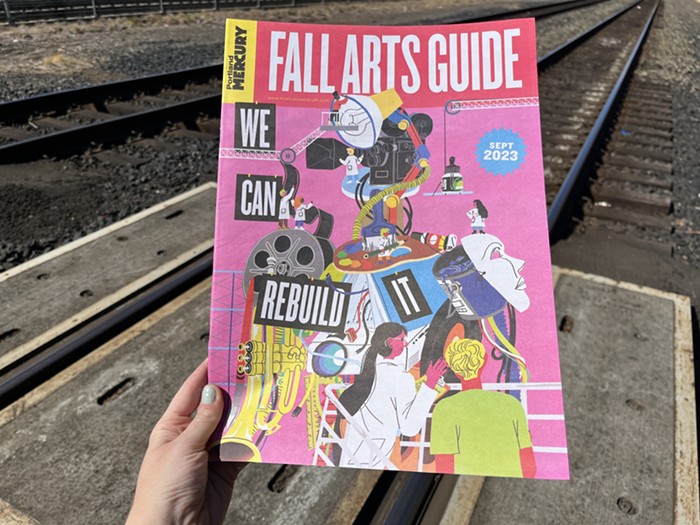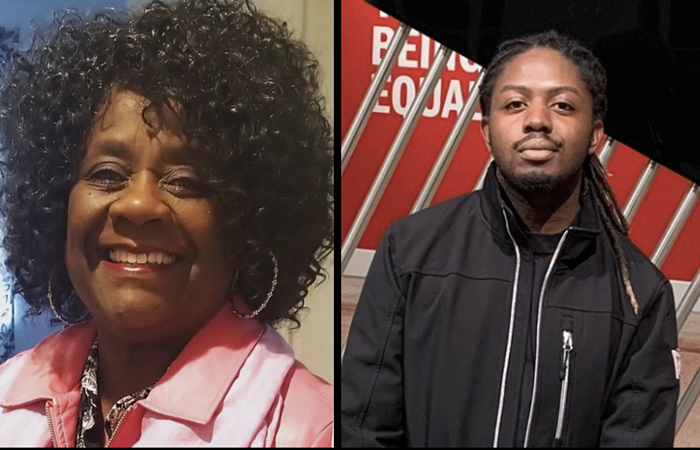BISHOP STEVEN HOLT, a pastor with the International Fellowship Family, had the microphone last month, during the first of the Portland Housing Bureau's community forums on how to spend some $20 million in new affordable housing money in North and Northeast Portland ["A Promise to Keep? Or Break?" Hall Monitor, Sept 24].
Holt, whose church decamped from NE Alberta a few years ago for a larger home on NE 122nd, was talking about the changes in Portland's traditional African American communities over the past several decades.
It was a relevant speech, in light of all the hope the funding has sparked.
In the 1950s, Interstate 5 burrowed its way through several neighborhoods in Albina, forcing out hundreds. Veterans Memorial Coliseum did the same, helping to create the modern Rose Quarter.
And then, in 1962, a still-pretty-new Portland Development Commission surveyed what was left of Albina and declared the place a sprawl of blight that was beyond saving. In 1969, Legacy Emanuel began snapping up and demolishing a commercial district along N Williams. By the 1980s, thousands of African Americans had been displaced—and that was really only the beginning.
The city tried making some amends. The Albina Community Plan of 1993 promised to "increase housing opportunities for current and future residents," by building and rehabbing homes by the thousands. And in 2000, the city drew an urban renewal area around the Interstate corridor, also meant to address displacement.
The attention helped the neighborhoods. Just not African Americans.
"If you've been walking around Williams or Vancouver or Fremont or Mississippi, you will notice a big absence," Holt said, ticking through a list of blocks once avoided by many Portlanders, but now seen as destinations. "It's an absence of color."
Full-color maps provided at the forum testify to that reality—and give one of the starkest glimpses yet of four decades of displacement, from 1970 to 2010. The Mercury is reprinting those maps here, along with their sobering implications.
Census tracts that were 31 percent African American in 1990, in a city that was 8 percent African American, are now just 15 percent African American. In a city that's now, overall, just 6 percent African American.
Some might argue this is about economics, not race. But in Albina, those subjects had long been intertwined. And they still are.

